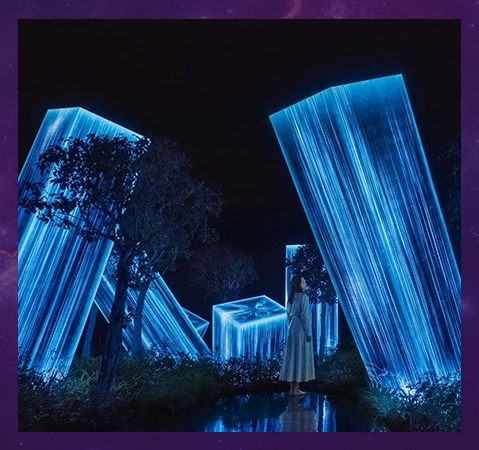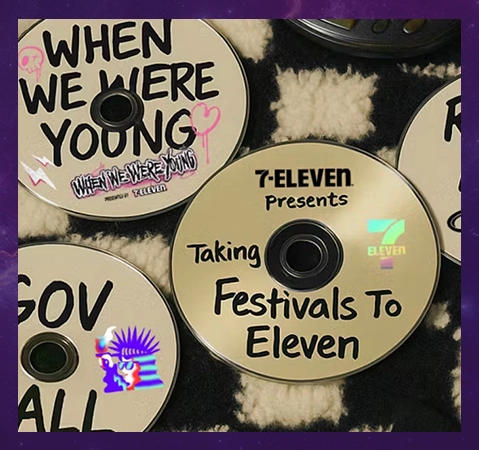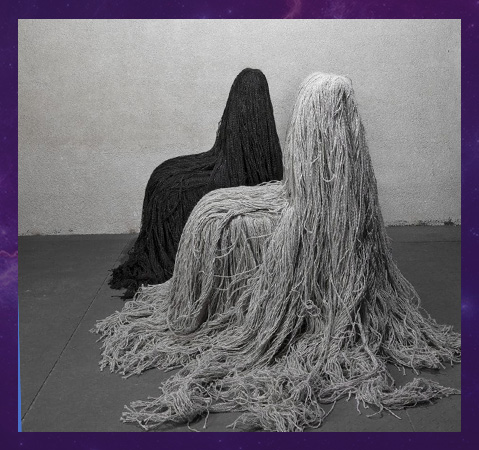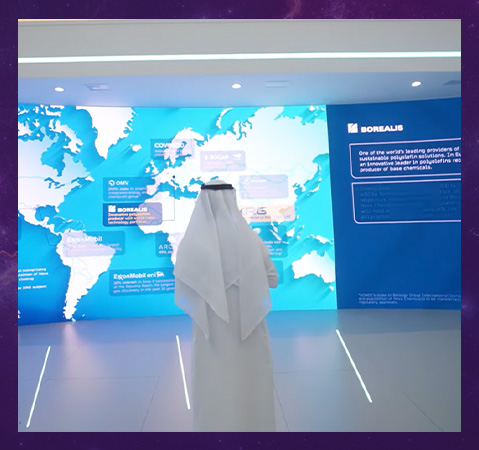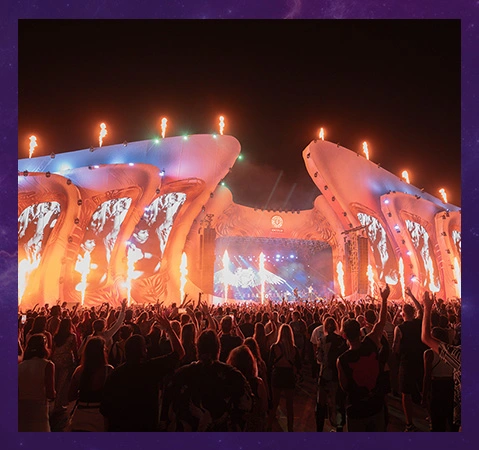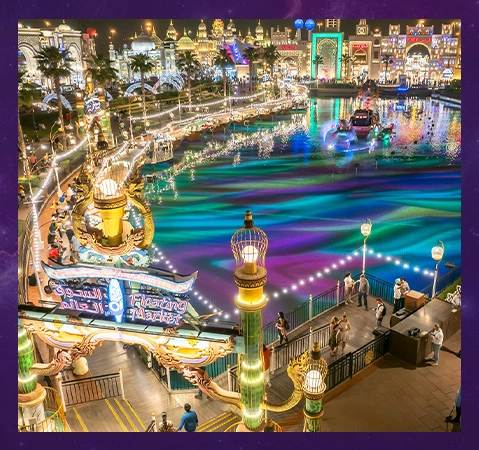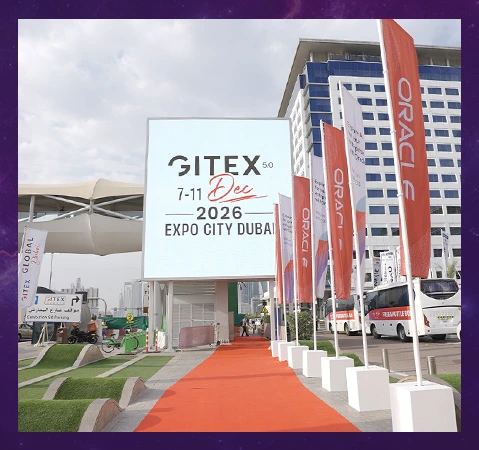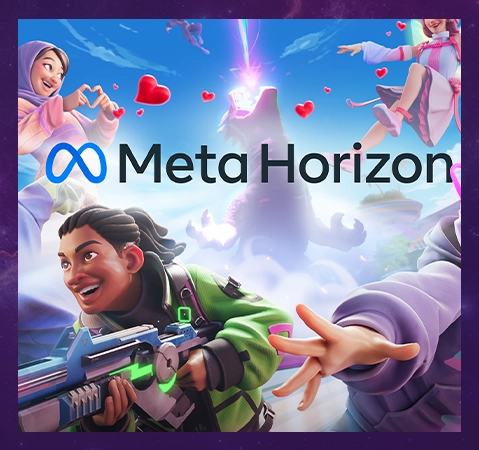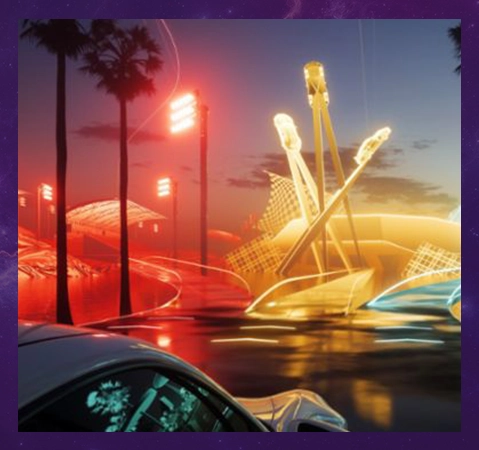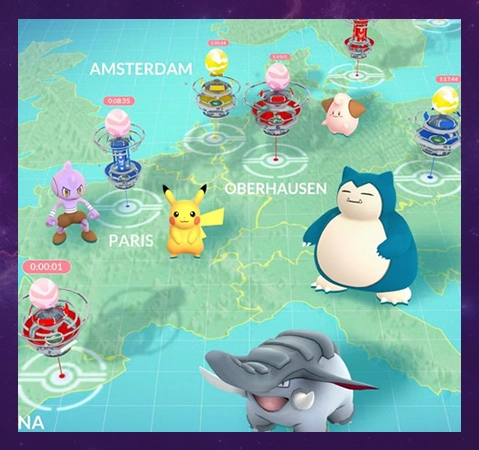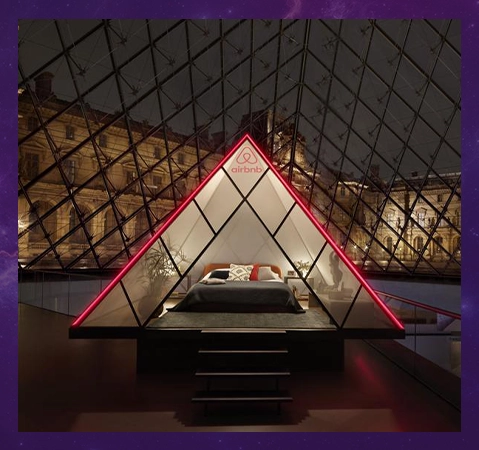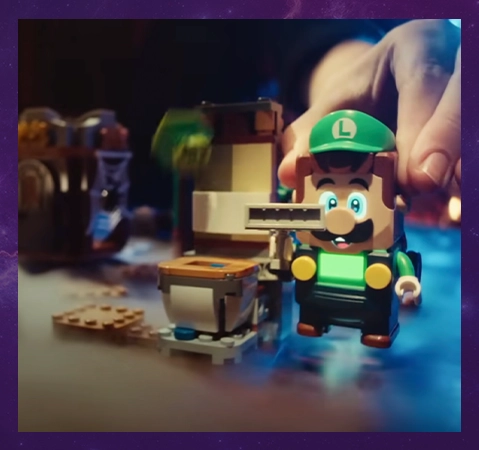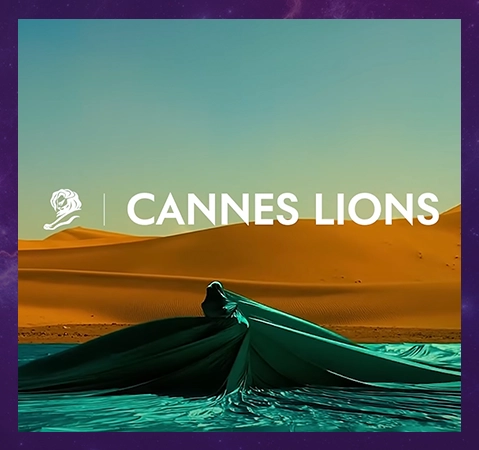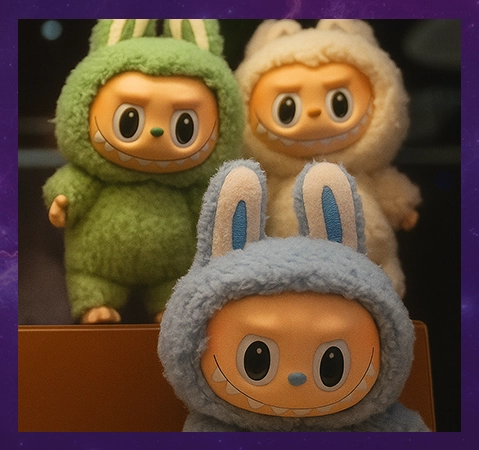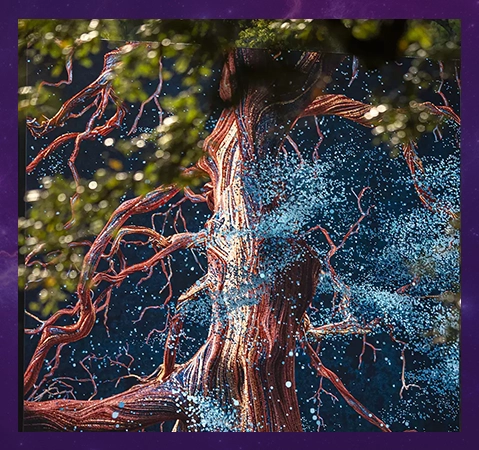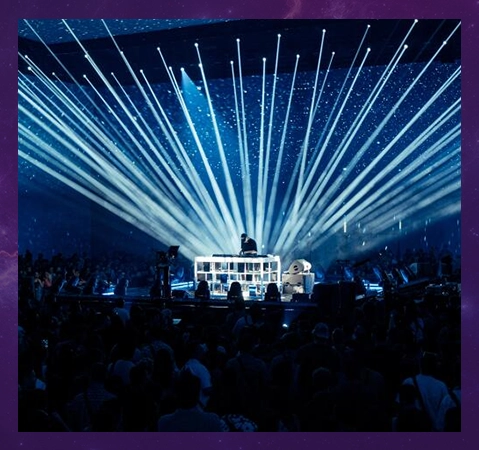
How the Art Basel Miami Beach Fair Uses Experiential Installations to Engage Collectors and Millennials
share
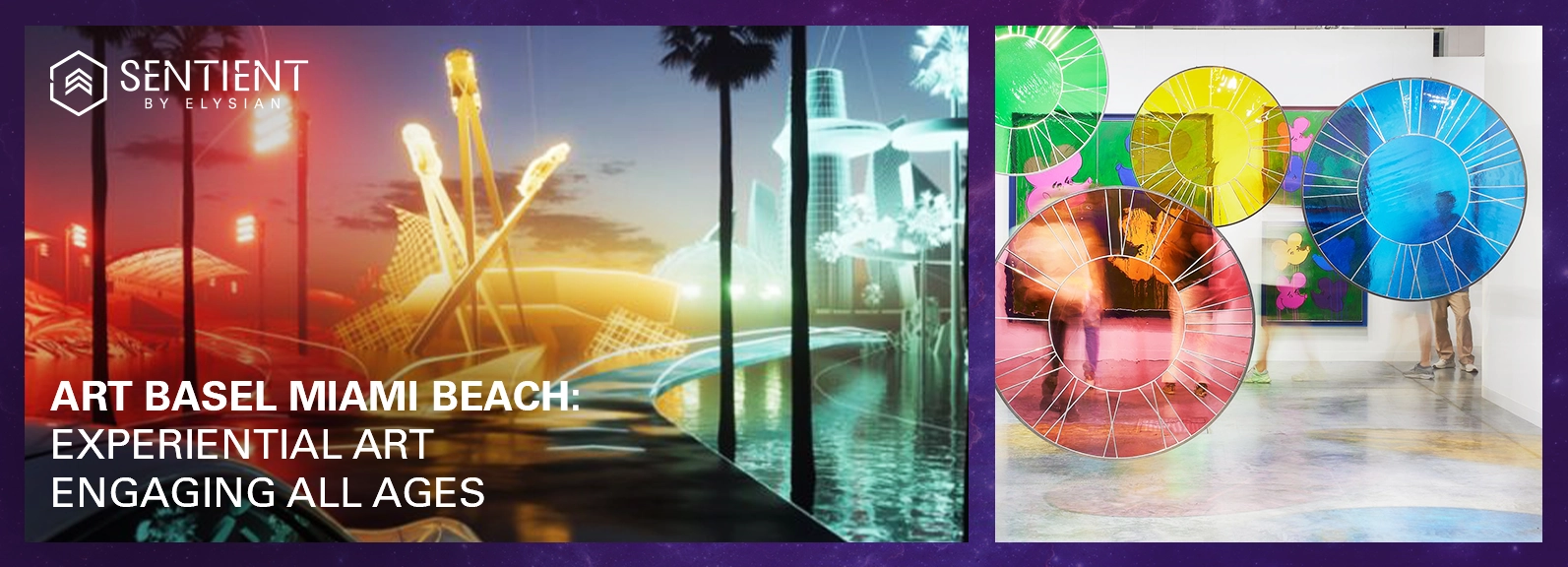
Summary:
Art Basel Miami Beach has evolved beyond a traditional art fair into a vibrant, immersive experience. From large-scale public installations and tech-driven AR/VR works to VIP programming and social-first immersive art, the fair engages collectors and millennials alike. The city of Miami itself becomes a canvas, blending culture, commerce, and spectacle into one unforgettable week. Innovations by companies like Sentient By Elysian (SBE) highlight the future of immersive art, where technology, interactivity, and shareable experiences redefine how audiences connect with art.
Table of Contents:
Stepping Into the Art: Site-Specific Projects and Public Commissions
When Art Goes Digital: NFTs, AR, and Tech-Driven Installations
The VIP Factor: Exclusive Experiences for Collectors
Instagram Meets Immersion: Capturing Millennials and Gen Z
The City as Canvas: Miami Transformed
Innovators Spotlight: Sentient By Elysian (SBE)
Each December, Art Basel Miami Beach transforms the vibrant city into a playground for contemporary art, where polished gallery booths stand alongside striking walk-through installations and sprawling pop-ups across town. As one of the premier art fairs in the Americas, it blends blue-chip sales with interactive works that encourage visitors to engage, linger, and share. In recent years, the fair has increasingly embraced immersive and digital projects, with organizers and partner brands experimenting with experience-led commissions and exclusive VIP activations designed to draw both serious collectors and culture enthusiasts. The result: a marketplace that thrives on sales yet feels like a cultural theme park.
Stepping Into the Art: Site-Specific Projects and Public Commissions
One of the defining features of Art Basel Miami Beach is that it doesn’t confine itself to the convention center’s walls. The fair has built a reputation for sprawling into the city, turning public spaces into stages for large-scale commissions and installations that invite audiences to step inside the work. This isn’t accidental—it’s a deliberate way of breaking down the distance between viewer and artwork. For collectors, it offers a chance to encounter ambitious projects that go beyond what can fit in a booth. For younger audiences, it transforms art into an immersive playground.
Take Art Basel’s “Meridians” sector, introduced in 2019. Designed to showcase large-scale works that wouldn’t normally fit in traditional gallery stands, it has featured everything from monumental sculptures to video installations that envelop viewers. This platform demonstrates how the fair embraces scale and spectacle to engage audiences differently than the transactional pace of the main floor.
Then there’s Art Basel Public, curated projects installed in Collins Park that are free and open to everyone. Here, passersby and casual visitors find themselves surrounded by site-specific sculptures, sound installations, and performance pieces. These works bridge the fair with the city, ensuring that art isn’t limited to those holding VIP passes. It’s also where social media comes alive—visitors can interact with works in ways that encourage sharing, making the art ripple far beyond Miami.
By leaning into public commissions and site-specific projects, Art Basel Miami Beach signals that the future of art fairs isn’t just about what hangs on a wall. It’s about creating spaces where audiences—whether seasoned collectors or first-time visitors—can encounter art on a scale that feels both personal and larger than life.
When Art Goes Digital: NFTs, AR, and Tech-Driven Installations
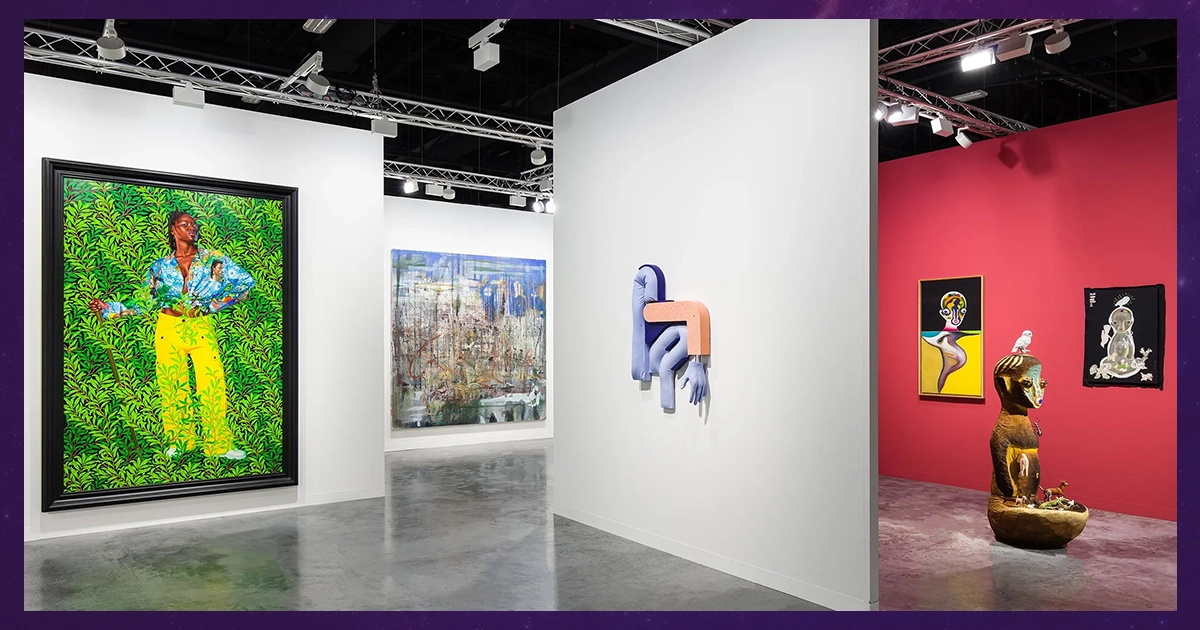
In recent years, Art Basel Miami Beach has also leaned into the digital frontier, reflecting how technology is reshaping the art world. From NFTs to augmented reality (AR) overlays, the fair has become a testing ground for how collectors and younger audiences interact with new media. While traditional painting and sculpture remain at the core, tech-driven works offer fresh ways to experience and collect art, pushing the boundaries of what an “art fair” can be.
The 2021 edition, for instance, saw a surge in NFT-related programming, as crypto-art became a global talking point. Special talks and presentations brought together artists, technologists, and collectors to explore how blockchain could revolutionize ownership and provenance in art. This wasn’t a gimmick—it was a recognition that digital art had entered the mainstream, and Art Basel was willing to give it serious space.
Beyond NFTs, immersive tech experiences have included VR environments and AR-enhanced installations that allow visitors to engage with works beyond their physical form. Imagine standing in front of a sculpture that transforms when viewed through a phone, or entering a VR world created by an artist—all within the setting of the fair. These moments expand what it means to “step into art,” creating multi-layered experiences that feel futuristic yet personal.
For younger audiences, tech-driven installations align seamlessly with how they already consume culture—digitally, interactively, and socially. For collectors, they signal new investment frontiers, where owning art doesn’t necessarily mean it hangs on a wall. By embracing these experiments, Art Basel Miami Beach demonstrates its adaptability, ensuring that it remains relevant not only to the current market but also to the evolving tastes of tomorrow’s patrons.
In a similar vein, Sentient By Elysian (SBE), a UAE-based company, is at the forefront of immersive technology, creating interactive installations that blend augmented reality (AR), virtual reality (VR), and mechatronics. Their projects transform spaces into dynamic, multisensory environments, giving audiences a truly engaging experience. One notable example is their AR-enhanced environments for music events, where digital elements seamlessly integrate with physical spaces. To see this in action, check out their immersive tech suite.
The VIP Factor: Exclusive Experiences for Collectors
Behind the scenes of Art Basel Miami Beach, there’s a world designed specifically for collectors, and it’s about much more than access to high-value works. The fair understands that serious buyers are also seeking memorable experiences, and its VIP programming reflects this. From private walkthroughs of the fair before it opens to the public, to intimate dinners and exclusive artist talks, these curated moments build a sense of connection that goes beyond transactions. For collectors, these experiences create stories around their acquisitions—making each purchase feel like part of a bigger journey.
Collectors are invited into private events hosted by galleries, museums, and even luxury brands that align themselves with the fair. For example, fashion houses and watchmakers often host collaborative installations or dinners during Art Basel week, blurring the line between cultural and luxury experiences. This crossover not only attracts traditional collectors but also resonates with millennials and younger buyers, who are often just as interested in the lifestyle surrounding art as the works themselves.
VIP lounges and curated tours of satellite fairs and local museums further enhance this exclusivity. A collector might spend their morning in a guided walkthrough of the Pérez Art Museum Miami’s latest exhibition, then attend a private studio visit with an emerging artist in the afternoon. These immersive, behind-the-scenes opportunities highlight how Art Basel Miami Beach is more than a marketplace—it’s a cultural ecosystem.
By offering collectors privileged access to people, places, and artworks that the general public rarely sees, the fair nurtures loyalty and deepens engagement. These experiences elevate collecting from a commercial activity into a lifestyle, reinforcing Art Basel’s role as both a marketplace and a cultural event of global prestige.
Instagram Meets Immersion: Capturing the Millennial and Gen Z Audience
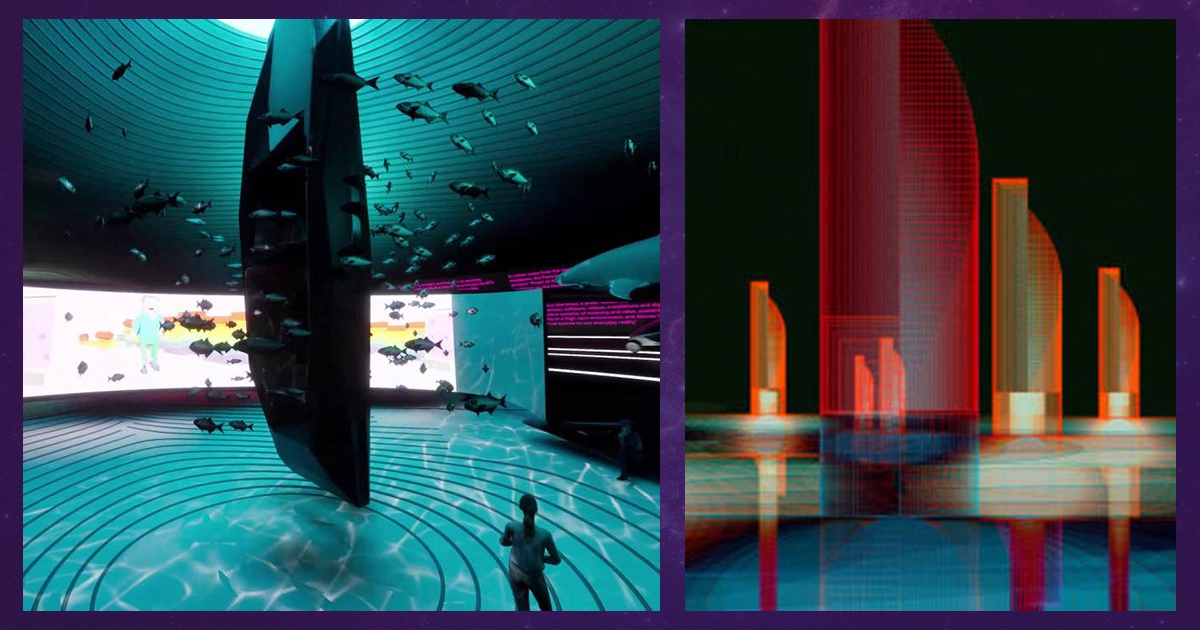
If collectors are drawn to exclusivity, millennials and Gen Z are magnetized by experiences they can share. At Art Basel Miami Beach, the rise of immersive, social-first installations reflects this shift. These works aren’t just about being seen in person—they’re designed to live on screens, multiplying their reach through Instagram posts, TikTok videos, and viral moments. For the younger crowd, art that can be stepped into, photographed, and performed with becomes an entry point into the fair’s otherwise high-end atmosphere.
Brands and galleries have caught onto this dynamic. Large-scale, photogenic installations often dominate social feeds during Art Basel week. Think mirrored environments, neon-lit structures, or interactive digital projections—all of which invite audiences to slow down, pose, and engage. This creates a double impact: the immediate, lived experience of the work, and the extended digital life it gains online. For many attendees, the act of sharing becomes part of the art itself.
The appeal isn’t superficial. By making art accessible through participation, these installations break down barriers for younger audiences who may feel out of place in a traditional art fair setting. Millennials and Gen Z aren’t just passive viewers; they’re collaborators, turning each visit into a co-created memory. That sense of belonging—of being part of the artwork’s story—keeps them coming back.
For Art Basel, this strategy is about longevity. By engaging younger audiences now, the fair is cultivating the next generation of collectors and cultural influencers. Experiential works provide a gateway: today, it might be about capturing the perfect photo in a mirrored room; tomorrow, it might be about acquiring a digital piece or commissioning an installation. Either way, the journey starts with immersion.
The City as Canvas: Miami Transformed
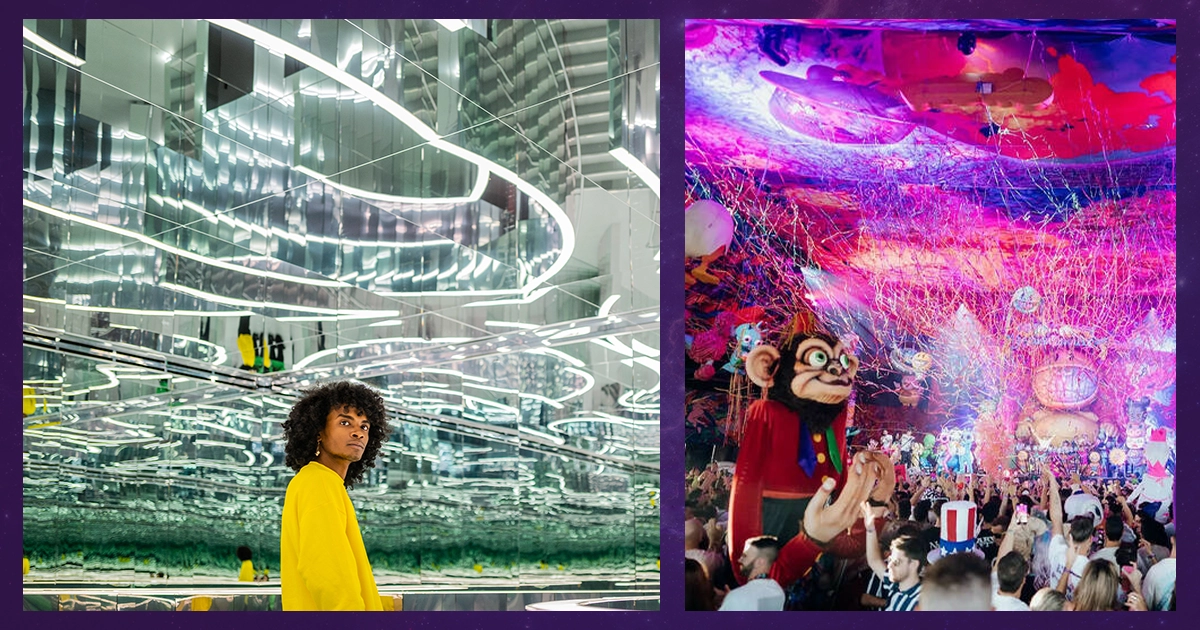
What makes Art Basel Miami Beach unlike any other fair is how it spills beyond the convention center to electrify the entire city. For one week, Miami becomes a stage where art collides with fashion runways, rooftop concerts, late-night performances, and design showcases. The fair doesn’t just invite people to view art—it invites them to live in it. Cafés, hotels, and even beaches become impromptu galleries, with murals, installations, and pop-up shows blurring the line between the official program and the city’s own cultural heartbeat.
Satellite fairs such as Untitled, Scope, and NADA add to the momentum, offering fresh perspectives and introducing younger artists. Meanwhile, luxury brands and cultural institutions host their own headline-making events, transforming Miami into a spectacle that feels equal parts art pilgrimage and cultural carnival. This ecosystem turns Art Basel into more than a marketplace—it becomes a citywide festival of creativity.
For collectors, this atmosphere provides a holistic immersion into contemporary culture. The buzz of the city feeds into the energy of the fair, making acquisitions feel like part of a larger cultural story. For millennials and Gen Z, it’s the sheer vibrancy—the ability to hop from a beachfront installation to a fashion-infused afterparty—that makes Art Basel Miami Beach unforgettable.
In this way, Miami itself becomes part of the art: its skyline, beaches, and nightlife forming the backdrop to experiences that feel spectacular, unrepeatable, and irresistibly shareable.
In Brief:
Art Basel Miami Beach isn’t just an art fair—it’s a full-on cultural experience, where every installation, digital innovation, and citywide event invites visitors to step inside the art itself. From monumental site-specific works to tech-driven immersive environments, the fair caters to both collectors seeking prestige and millennials hunting for shareable, memorable moments. Its citywide scope transforms Miami into a living canvas, turning everyday spaces into stages for creativity.
By blending commerce, culture, and spectacle, Art Basel demonstrates that the future of art isn’t just about what hangs on a wall—it’s about experiences that engage, inspire, and linger in memory long after the fair ends. It serves as a source of inspiration for companies like Sentient By Elysian, which innovate and invent immersive technology. Whether through interactive installations, social-first moments, or immersive digital worlds, the fair proves that art can be both serious and playful, exclusive and accessible—a place where audiences of all ages feel part of something larger than themselves.
In essence, Art Basel Miami Beach has redefined what an art fair can be: a playground, a gallery, a festival, and a cultural phenomenon rolled into one unforgettable week.
Website | LinkedIn | Instagram | YouTube | Facebook



